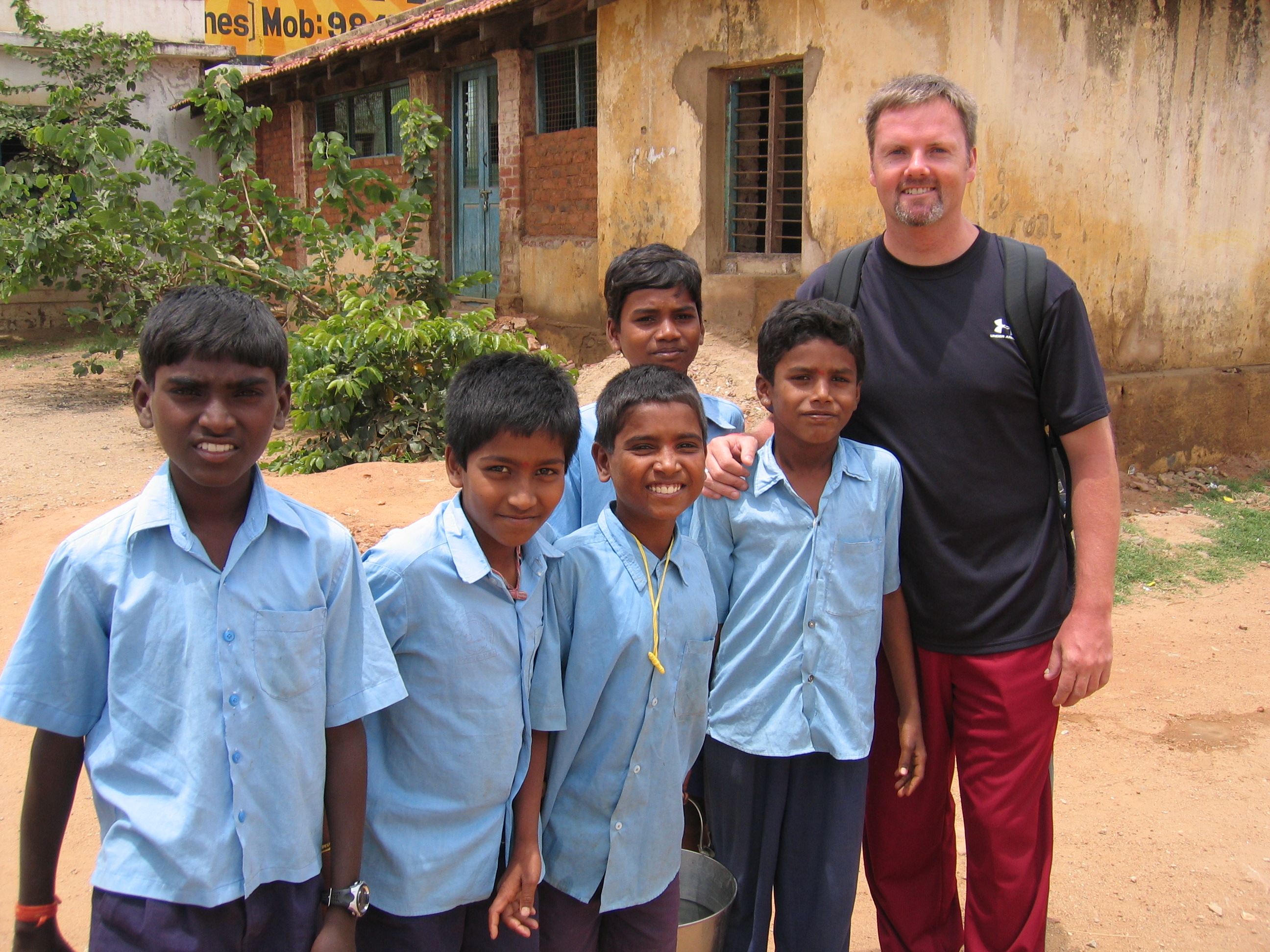Many organizations, including my nonprofit Cosmic Volunteers, charge volunteers fees to volunteer abroad in their programs.
This might seem strange or unfair at first glance, but take a look at how volunteer organization Cross-Cultural responds to this issue on it website:
> The local organizations and projects with which you volunteer overseas have limited resources and are seldom able to subsidize your trip or cover the costs of hosting you. (These costs include housing, feeding and transporting you, among numerous other things.) If they did have the financial resources to pay an international volunteer, it would almost certainly be more beneficial and cost-effective to hire a local person instead, someone who already knows the language and culture and is likely to stick around.
> Identifying appropriate host organizations overseas and working with them is time-consuming, takes resources, and requires an experienced and professional staff.
> The process of preparing, training, transporting, housing, feeding, and supervising volunteers is not cheap. Additional services such as health care, re-entry assistance, travel medical insurance, and more, all add to the expenses of a program.
> The costs of recruiting volunteers, producing literature, answering the phones, sending mailings, developing a website, and interviewing potential volunteers are significant.






